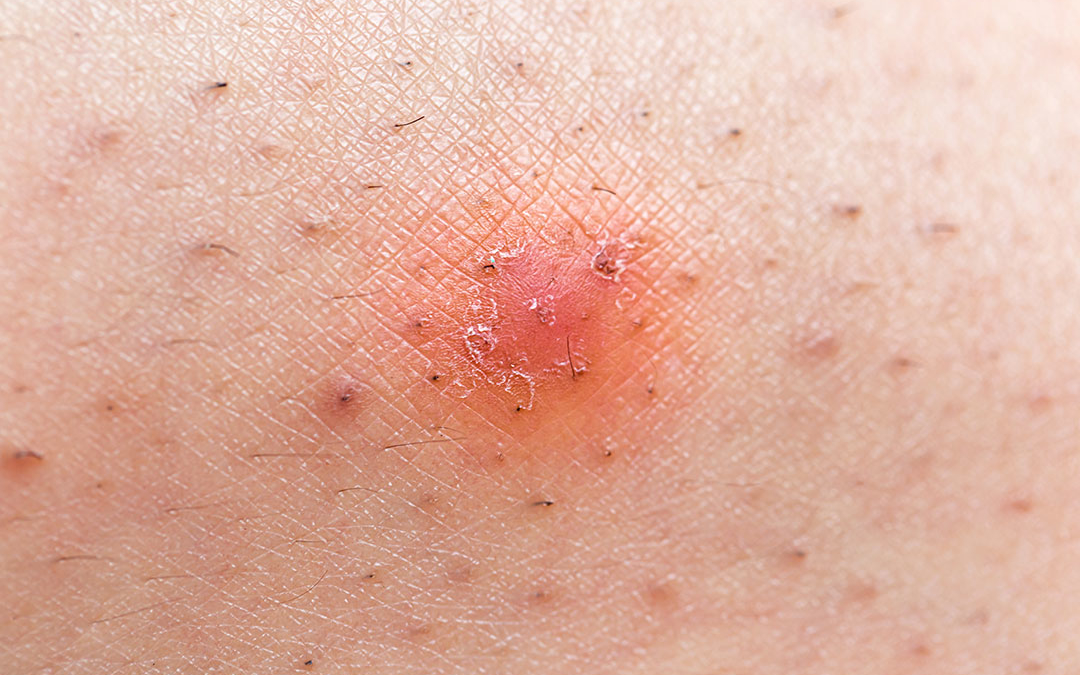Ingrown Hair Treatment: Causes, Prevention, and More
Table Of Content

In some cases, there’s another underlying cause, such as a genetic mutation, which means they can develop again. Seek medical attention if you observe or suspect any of these symptoms. An infected ingrown hair can potentially lead to complications if left untreated. Folliculitis is often caused when hair follicles are infected with bacteria, commonly Staphylococcus aureus (staph).
Ingrown hair and staph infection: Symptoms, causes, treatment - Medical News Today
Ingrown hair and staph infection: Symptoms, causes, treatment.
Posted: Wed, 21 Jul 2021 07:00:00 GMT [source]
When to contact a doctor
A dermatologist may recommend draining the fluid from the cyst by making a small incision. Sometimes, a doctor uses a small needle or blade to free the ingrown hair. An ingrown pubic hair cyst can develop anywhere in the pubic area.

Who Is Most Likely to Develop Ingrown Hairs?
A variety of over-the-counter and prescription medications are available to treat pimples on your nose or elsewhere. Avoid digging into your skin deeply to remove the hair, as this can lead to infection and scarring. According to the National Health Service (NHS) in the UK, a person can draw out an ingrown hair by using an exfoliating scrub. If a cyst becomes inflamed or infected, a doctor might suggest a steroid injection or antibiotics.
Treatment options
People with high levels of certain sex hormones can have more hair than usual. This can make you more likely to get ingrown hairs, especially after shaving. However, it is important to note that improper shaving techniques and skin care practices can also contribute.
Top doctors in ,
After the infection has cleared, you may have a scar or discolored skin that can last for several months. Check out these best-sellers and special offers on books and newsletters from Mayo Clinic Press. By Angela PalmerAngela Palmer is a licensed esthetician specializing in acne treatment.
Treatments for Infected Ingrown Hair
It might be possible to see the hair trapped within the skin. This article explains how ingrown pubic hair cysts form, how to identify and prevent them, and when to contact a doctor. Ingrown hairs in the pubic area can form cysts — sacs of fluid beneath the skin. A person may notice a lump, possibly with a hair visible beneath it. Cysts often go away without treatment, but some require antibiotics or draining.

Every pore on your skin contains a hair follicle, some fine and some coarse. Pores are the small holes in our skin that allow sweat and oil to reach the surface of the glands underneath. Seek immediate medical care if you experience signs of a spreading infection. These include a sudden increase in redness or pain, fever, chills, and a feeling of being unwell (malaise).
Ingrown hairs result in firm, acne-like lesions that can be itchy or sore. Depending on the skin color of the person who gets them, they can be skin-colored, red, or dark. Sometimes, the lesions can fill with liquid that resembles pus. Although these breakouts appear similar to acne, they are a completely different phenomenon. It’s important to treat any type of infection which occurs in the underarm. Untreated infections can cause the lymph nodes in that area to swell up with drainage from the infected follicle.
While ingrown hairs originate at the follicle level, pimples originate at the sebaceous oil gland and occur when excess oil gets trapped underneath the skin. They can appear red on the skin and become filled with pus. Ingrown hairs can also be filled with pus, but in many cases, you should be able to see the hair underneath the skin that caused the bump to grow in the first place.
You may be able to treat an ingrown armpit hair with topical products, such as retinoids or benzoyl peroxide. However, a person may find temporary symptom relief by taking over-the-counter painkillers or holding a clean, cold compress over the wound. Staph infections in people without underlying conditions that have not originated in the hospital usually involve skin infections, such as pimples and boils. Staph is one of the most common reasons for skin infections in the United States each year. These infections are mostly mild, and doctors can often treat them successfully with oral or topical antibiotics.
While there are numerous types of folliculitis, a common one is ingrown hair. You may experience ingrown hair on your chin or face, body… pretty much anywhere that grows hair. Ingrown hair cysts may go away on their own or with simple treatment. However, you may need to see a healthcare provider to treat an ingrown hair cyst that's hard to get rid of.
Comments
Post a Comment